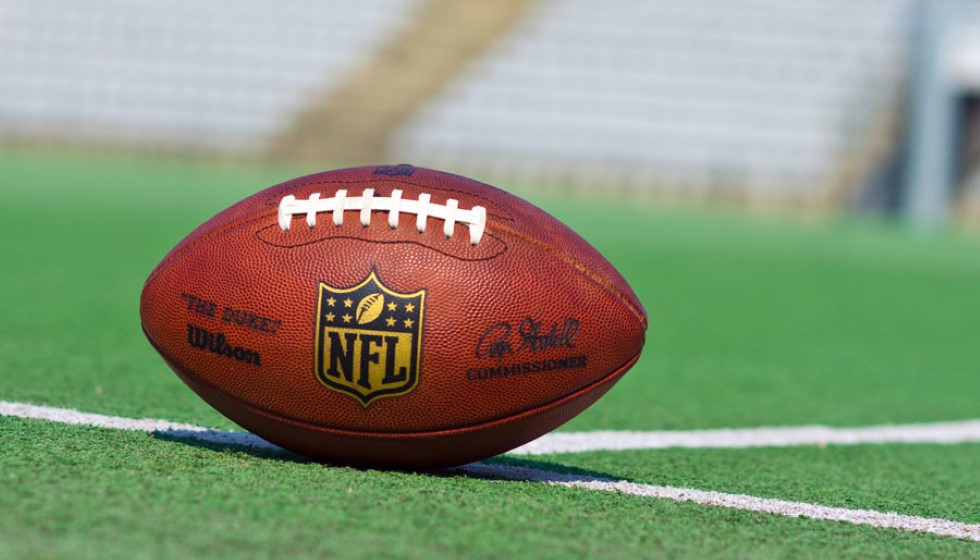
Two hours before the Dallas Cowboys were set to face the Houston Texans, a minor yet concerning incident unfolded at the AT&T Stadium, catching the attention of those involved with the iconic sports venue. During the process of opening the stadium's retractable roof—a feature designed to merge the outdoor and indoor experience—a piece of metal, along with some additional small debris, plummeted down onto the field. Fortunately, no injuries were reported.
The Cowboys' management swiftly addressed the incident with a statement: "A piece of metal came loose and fell on the field (with some additional small debris) while the roof was in the process of opening. There were no injuries. It is being reviewed further, and a decision regarding the ability to re-open the roof safely will be made when possible." This prompt response underscores the importance of maintaining safety standards while enhancing the fan experience through architectural design.
Design Vision and Challenges
The stadium's retractable roof, a hallmark of owner Jerry Jones's vision, embodies a larger trend in stadium architecture aimed at enriching fan engagement. "My biggest thought when we were building it was, 'Don't have it look like it's not outdoors. Make it look like it's outdoors,'" Jerry Jones remarked, reflecting his ambition to blur the lines between indoor and outdoor experiences.
The aesthetic goal, as Jones further elaborated, was to allow sunlight to permeate the stadium: "That stadium was built to feel like it's outdoors when you're indoors, and it was built to have sunlight coming in." However, this very feature posed a unique challenge during the game, with CeeDee Lamb dropping a potential touchdown pass due to sunlight interference—a twist of irony that brings to light the complex interplay between design goals and practical consequences.
A Balancing Act for the Cowboys
The Cowboys' management is tasked with the intricate balancing act of aligning Jones's visionary design goals with the on-field performance and ensuring fan satisfaction. The incident with the roof is a reminder of the underlying structural and safety considerations that accompany innovative architectural pursuits. As the stadium's administration reviews the recent lapse, their primary focus remains on assessing and ensuring the safety and functionality of the stadium’s retractable roof mechanism.
Meanwhile, the Cowboys' current season stands at a 3-6 record, which places added pressure on the team to perform and reclaim their stature. Balancing the allure of a grandiose stadium with the imperative of winning games poses both a challenge and an opportunity for the Cowboys' administration. The incident with the roof heightens this narrative, bringing to the forefront the ongoing endeavor to merge architectural grandeur with sporting excellence.
Looking Forward
The event marked the first time since Week 8 of the 2022 season, during a game against the Chicago Bears, that the roof was attempted to be opened. As the Cowboys proceed with their season, the incident serves as a pivotal moment, highlighting both the vulnerabilities and the grandeur associated with a state-of-the-art sports venue. The near-miss incident, while devoid of injuries, underscores an ongoing commitment to adapt and refine the complex architecture that defines modern sports arenas.
As the review process unfolds, it will be essential for the Cowboys' administration to ensure that all aspects of the stadium— from design aspirations to fan experiences and team performance—are harmoniously integrated. In the world of sports, where every detail can impact the game, the AT&T Stadium remains a fascinating microcosm of ambition, architecture, and athletics. Through continuous refinement and vigilance, the Cowboys aim to keep their famed venue a testament to innovation while prioritizing the safety and satisfaction of all who enter its gates.